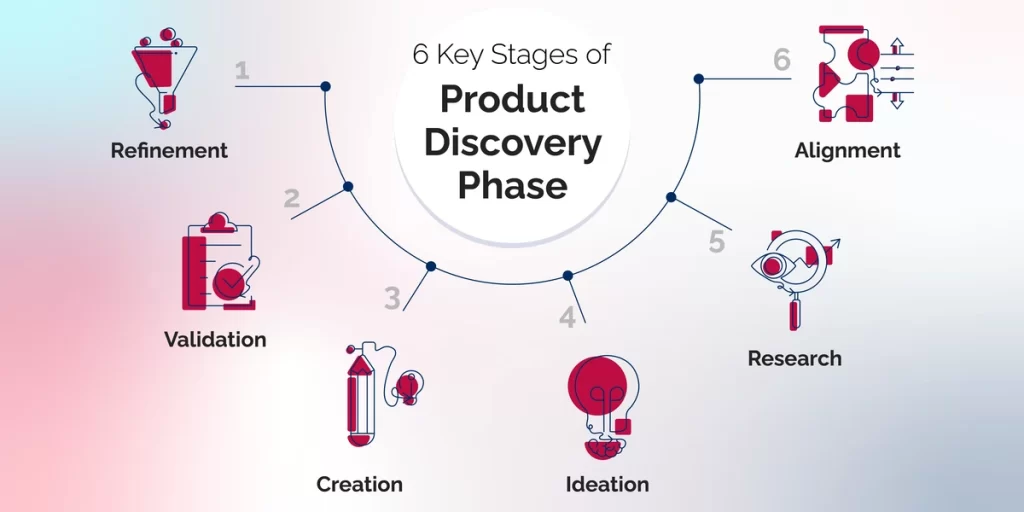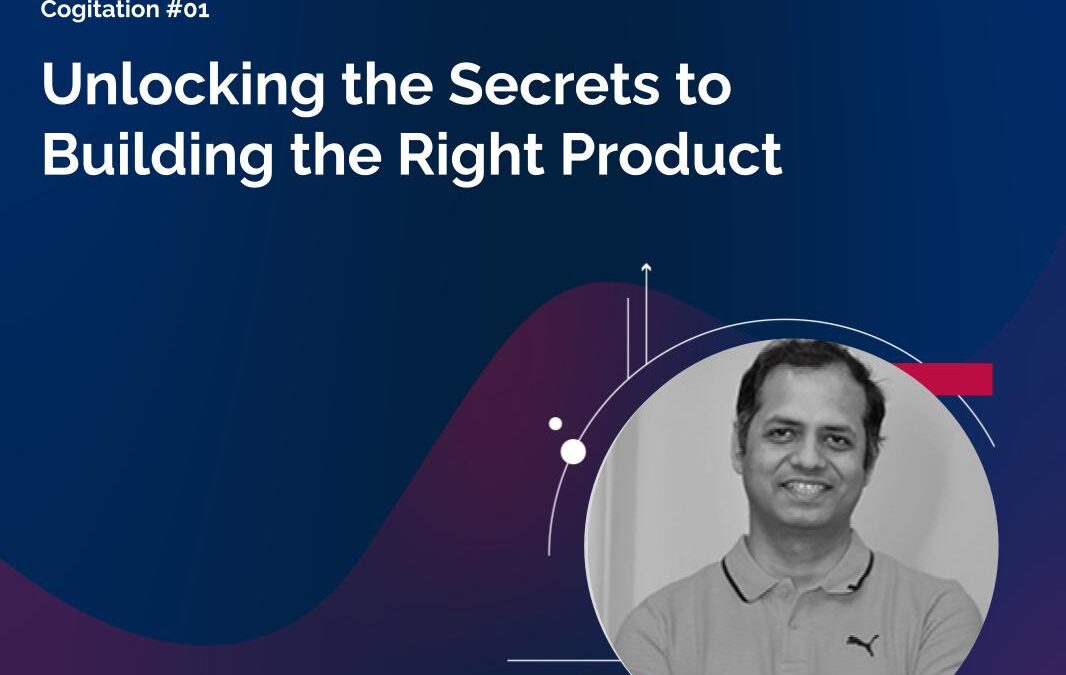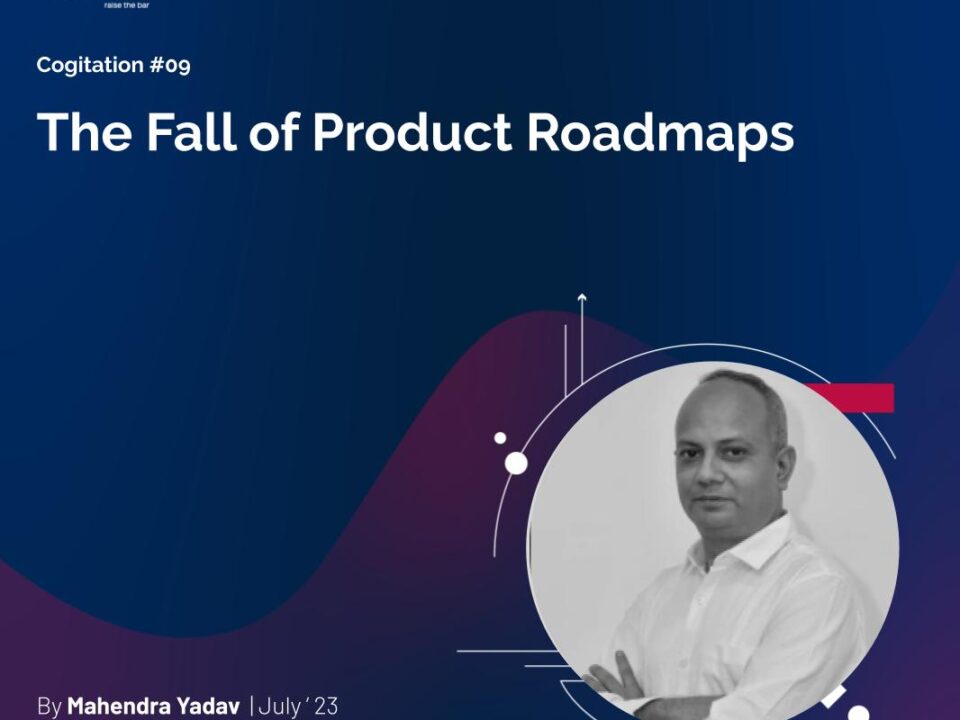
Building the Product Right— Key Details & Strategies for Success
1: Unlocking the Secrets to Building the Right Product
Your product will undoubtedly define the future of your company. Are you confident that you’re bringing the RIGHT product to market? “Solving the wrong problem” is a major reason why the most seemingly promising products fail. So how do you ensure you are not jumping to plausible solutions based on assumptions and premature decisions? Haste has always made waste! Read how Caizin discovers the differentiators in solutions to build the right product.
“Point of View is worth 80 IQ points.” – Alan Kay
Gary Hamel explains this famous aphorism, “An innovative insight is not the product of an individual’s brilliance. It’s not as if innovators’ heads are wired in different ways. Innovation typically comes from looking at the world through a slightly different lens.” [1]
What is the “Right” Product? — The Product Manager’s POV
Product managers have a daunting but rewarding task: bringing an idea from concept to reality. Product managers are responsible for ensuring the right product is created and delivered to customers. As such, they must have a 100% grasp of the customer universe. They must see that their product meets customer needs, is technically feasible, and is profitable too.
An astute product manager will sieve through a stream of ideas to find the nugget of a concept and then identify the “right” product for customers by digging deep into user needs, analyzing market trends, and leveraging data-driven insights. Before considering the technical aspects of building the software product, it is crucial to validate the idea and ascertain the product-market fit.
This article will explore the journey of product discovery through six key stages, each requiring its own skillset and resources. Read on to learn more about what it takes to make a product successful!

Continuous Solution Discovery: Is the Problem Worth Solving?
At Caizin, for a product manager, going from concept to product discovery is a complex process but fundamental to innovation, involving multiple stages.
1.Refinement
Refinement is the process of homing in on an idea and fleshing out the details, establishing the objective, maintaining the context, defining the problem, and developing a hypothesis of how your product will solve it. This stage helps develop a clear vision for the product. It is important to consult with stakeholders at this stage to get their POV on the problem and solution.
2. Validation
Once the concept is refined, it’s time for cross-validation of the hypothesis through user research, surveys of potential users, and market analysis to see if it meets needs. Do we have a reasonably good answer to the following question, “What is the product’s purpose?” This is the stage for impact mapping—measuring different metrics of success for the product—features, adoption, revenue, and scale. Customer empathy is your essential tool at this stage, helping you grasp the gravity of the problem and identify whether the visualized solution needs to be tweaked or improved before proceeding to the next stage.
3. Creation
This is the stage to start building your product, bringing the validated concept to life. This involves creating prototypes of the product and finding as many first customers as possible to test and validate the genuineness of the product and its outcomes. At Caizin we encourage in-depth discussions where customers are free to express if they deeply identify with the problem definition and whether the solution resonates with them (or not). Most importantly, we seek to learn from feedback by directing the conversation toward understanding the product’s commercial value for the business.
4. Ideation
It’s time for innovation in solution discovery and designing the user experience. At Caizin, we focus on developing the differentiators in the solution, as that is what sets the product apart and ensures market penetration and effective scaling. Ideation is also about discovering new and creative opportunities for enhancing customer experience.
5. Research
Research identifies the touchpoints—when and how users interact with the software—and the outcomes or evaluation of the product’s fitness within the business context.
Mapping the user journey is loosely defined by five broad categories of first-customer response:
- Awareness
- Consideration
- Conversion
- Loyalty
- Advocacy
The product is sound if we can conclude that there’s no need for incentivizing product adoption; the customer proactively uses the product, also providing credible feedback that the product adds value to the business processes and workflow.
6. Alignment
Alignment is the culmination— where all the moving parts of the repeated verification and validation come together in a Minimum Sellable Product (MSP). This is the stage for beta testing, launch planning, and post-launch analysis.
At Caizin, we practice an outcome-first approach, which means consolidating the research findings in a structured manner to funnel the right ideas and fine-tune the product features. Directly addressing customer pain points inevitably translates into a compelling need, and the product is sure to get a welcoming response.
A Responsible Strategy and Roadmap
Fortune reported that 90% of SaaS start-ups fail and 42% identified the top reason as “the lack of a market need for their product.” They had built a product no one wants.[2]
The onus is on the product manager to deliver a product of practical value. So how do we develop a strategy to build a product that meets the customer’s requirements?
Here are a few work mantras that we follow:
“Manage the product, not the engineering.”
Great product managers don’t “manage,” they “lead” the engineering teams with context (not control). They encourage team collaborations, cross-functional alignment, and proactive communications to ensure everyone focuses on solving the right problems and building for customer success.
“Never lose focus; say no to a hundred other ideas.”
We actively follow the Japanese Kaizen methodology, which emphasizes focus and continuous improvement for reaching desired quality outcomes and maximizing productivity. An effective product manager evaluates a hundred ideas through a careful discovery process and focuses on evolving that one idea of potential genius.
“Define a clear roadmap of goals with a vision of outcomes.”
Top-level objectives are established with the word ‘go’, prioritizing the differentiators, and expected outcomes are communicated. Road mapping also includes creating a timeline for every action item and allocating responsibilities to the appropriate team members. Running sprints is a not-so-secret ingredient for product development success. Tracking, measuring, and reviewing progress at definite intervals is essential for adjusting the plan to meet objectives and for optimum utilization of resources. Reassess, rethink, and innovate!
“Know the user-ask to stay ahead of the curve.“
It’s crucial for the product manager to stay ahead of the curve. And part of that is understanding what users are asking for. Only by being intimately familiar with user-ask can one develop products that meet their needs and exceed their expectations. Staying tuned in to what users are saying and then working with the team to develop the product is how we stay ahead of both the competition and user expectations.
Conclusion:
Start Building the Right Software Products Today to Expand Your Business Opportunities
Come, Build with Caizin!
Disclaimer:
The views expressed here are not written by ChatGPT or competing AI chatbots as on-going trends may lead you to imagine.
References:
[1] Quotlr. (n.d.). 3+ Eye-Opening Famous Innovation Quotes That Will Inspire Your Inner Self. Quotlr.com. Retrieved February 4, 2023, from https://quotlr.com/quotes-about-famous-innovation
[2] Uppal, R. (2022, September 29). Startup buisness partnership models can mitigate risk. International Defense Security & Technology. https://idstch.com/industry/startup-buisness-partnership-models-can-mitigate-risk/






1 Comment
Thanks, Hemant for sharing your thoughts on why building the right product is so much critical.